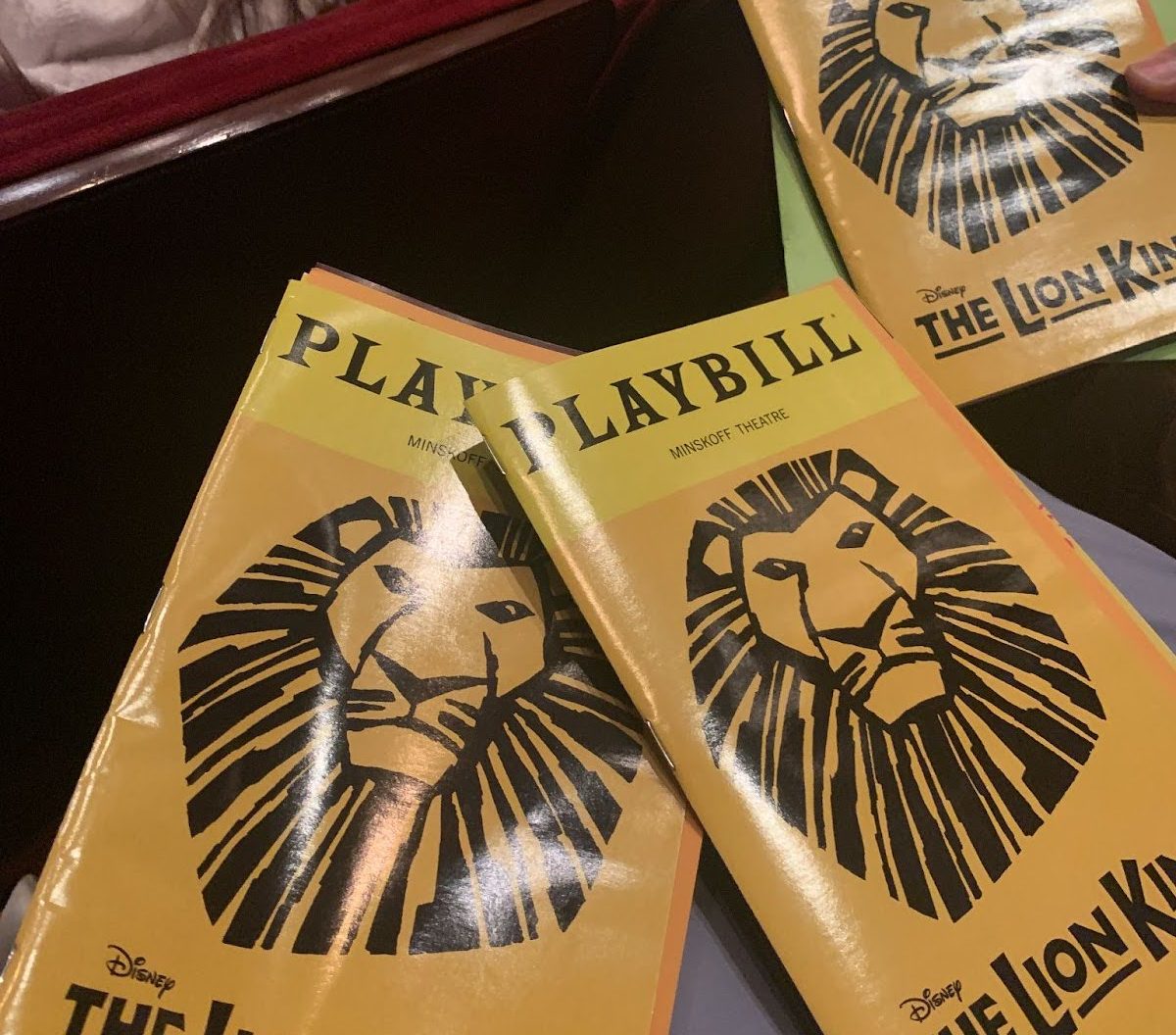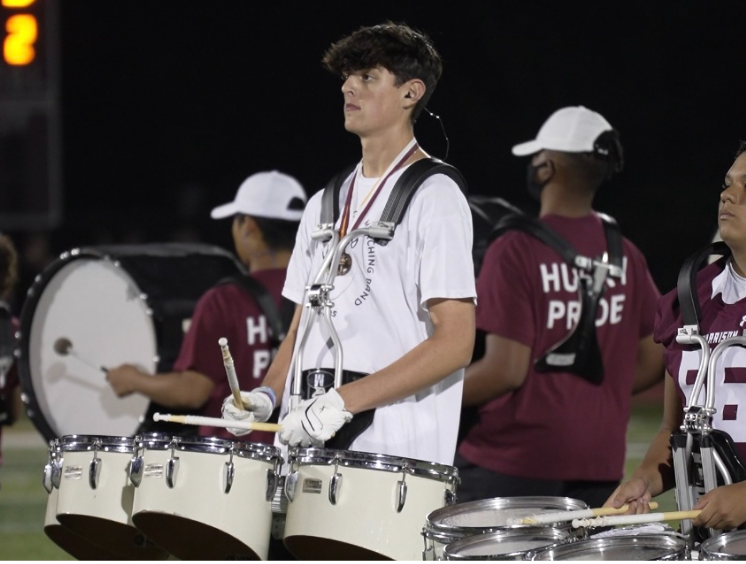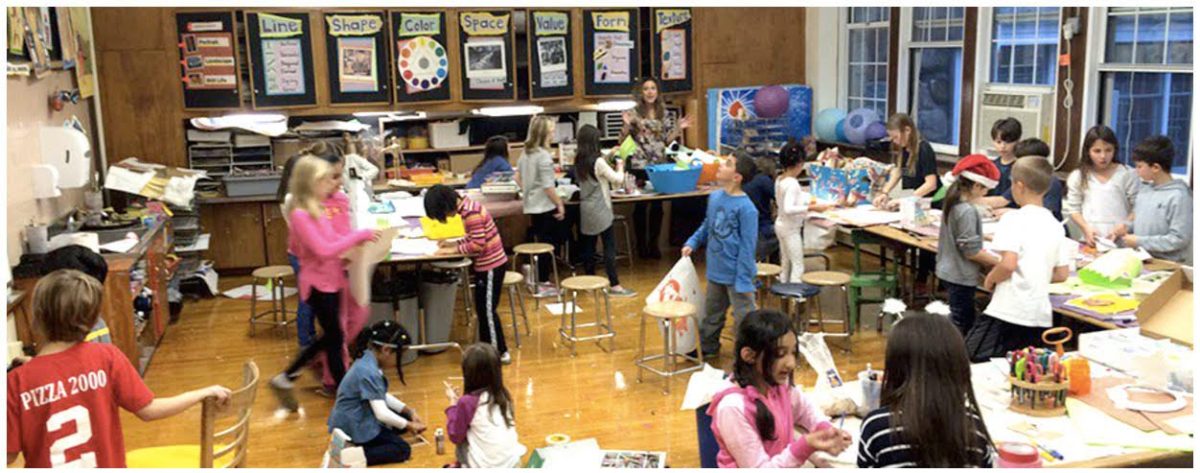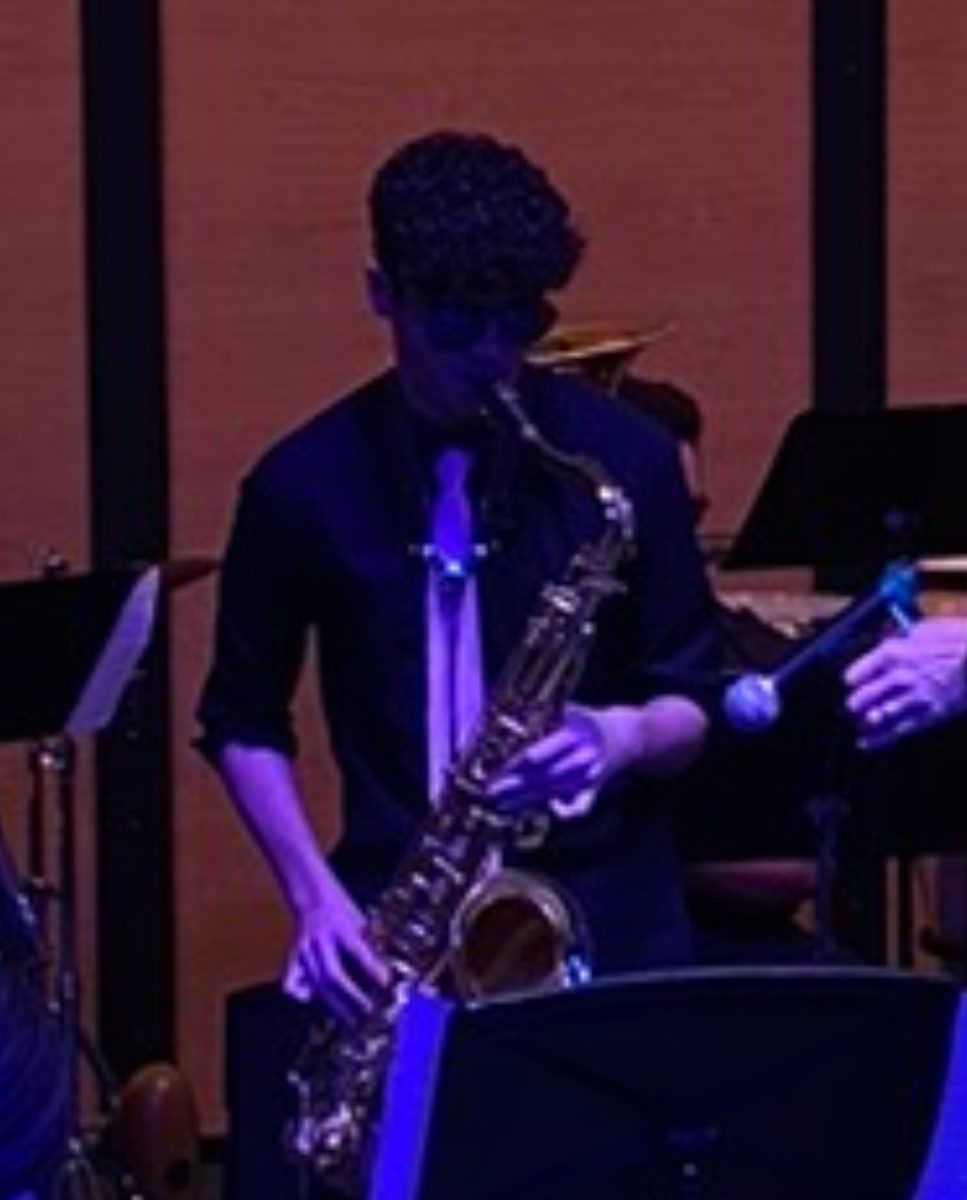The Lion King is a timeless classic of this generation. Originally coming out as an animated Disney movie in 1994, the story was soon adapted to the Broadway stage in 1997, where it has now become the #1 highest-grossing Broadway musical of all time. While the show has been running for so many years, the story continues to stay relevant with themes of love, family, friendship, and, of course, the circle of life.
The show is now running at The Minskoff Theatre in New York City, just a few steps from Times Square. This location makes the show a perfect choice for tourists who want to explore the city, or for families who want to make a night out of it and have a nice dinner before a 7 PM performance. The theater is entirely dedicated to The Lion King with beautiful posters of the current actors outside, a giant wooden lion mask, and paper birds hanging from the ceiling of the lobby.
The Lion King is a musical driven by characters and their individual stories that come together to form a collective experience and message. Timmy Yu, a Harrison High School student, commented, “I went to see The Lion King with my family. My favorite character was Nala.” The Lion King follows the story of a young lion cub named Simba as he grows and becomes the king of his pride. He battles with grieving the loss of his father, experiences first love and friendship with his best friend Nala, and takes the journey to discover who he is. This epic tale is woven into lively music inspired by its African roots, colorful costumes, and powerful dance numbers.
In addition to the music and dance, the Broadway version of the show utilizes puppets to bring the variety of animal characters to life. The lion actors wear intricate headpieces, the hyenas have costumes that give the illusion of four-legged creatures, and certain animals, such as the elephant, have multiple actors inside the puppet due to the size of the costume. Every animal moves differently and dances according to the type of animal they are. For example, the gazelles and zebras frequently jump across the stage with bent legs to replicate the animals’ body shape. Timmy Yu said, “I thought the show was exciting. My favorite animal puppet to see was the elephant.”
Throughout the show, actors and puppets travel through the aisles, interacting with audience members and creating a truly immersive experience that contributes to the larger-than-life feeling that the show leaves the audience with. While most of the orchestra was underneath the stage in the pit, as it traditionally is at Broadway shows, the percussionists were in the mezzanine on separate side stages, contributing to the surround sound effect.
The immensity of the performance is also seen through the breathtaking and jaw-dropping chorus moments. The sheer number of voices singing is incredibly powerful in every ensemble number. This is true for the visuals as well. With so many dancers on stage for most of the show, there are various things going on to look at. However, for select parts of the show, the entire cast is moving in unison, which is even more powerful because it shows how they are connected and united in the circle of life. For example, in He Lives In You, the climax of Simba finding himself through his father’s memory, the song slowly builds, adding voices little by little. The dancers also join together in the same choreography suddenly. This creates a breathtaking moment when the entire ensemble joins, as the audience member can feel the growth of confidence in the ensemble and the unity created.
In a parallel to the story and the idea of the circle of life, all of the actors in the musical must eventually depart from the show. Most recently on Sunday, August 31st, Tshidi Manye took her last bow, having performed more than 9,000 shows in the role of Rafiki. At over 25 years of performances, Manye holds the world records for the longest-running Rafiki and the longest-running actor in the show.
Having run on Broadway for so long that an actor can retire after over 25 years of performing at the same show is a feat that very few musicals can claim. This begs the question of why? Why is The Lion King the highest-grossing show? Why is it timeless? Why do movie adaptations continue to come out as recently as 2024? And most of all, why has it been running on Broadway eight times a week since it first came out?
The answer is simple. The Lion King is so popular and timeless because it brings people together. With the stunning visuals and exciting music, children can stay entertained and enjoy the show. However, for the older audience members, the musical hits a little closer to home and connects with them on themes of despair, hope, and the endless circle that every human being finds themself in day after day, year after year. Throughout the show, the one thing that remains constant in the consistently changing set, costumes, music, and dance is the central idea of self-discovery and the journey Simba goes on to find himself. This journey is a human experience that every single person will be able to relate to in his or her lifetime. For this reason, The Lion King will be relevant as long as humans and society continue to evolve.

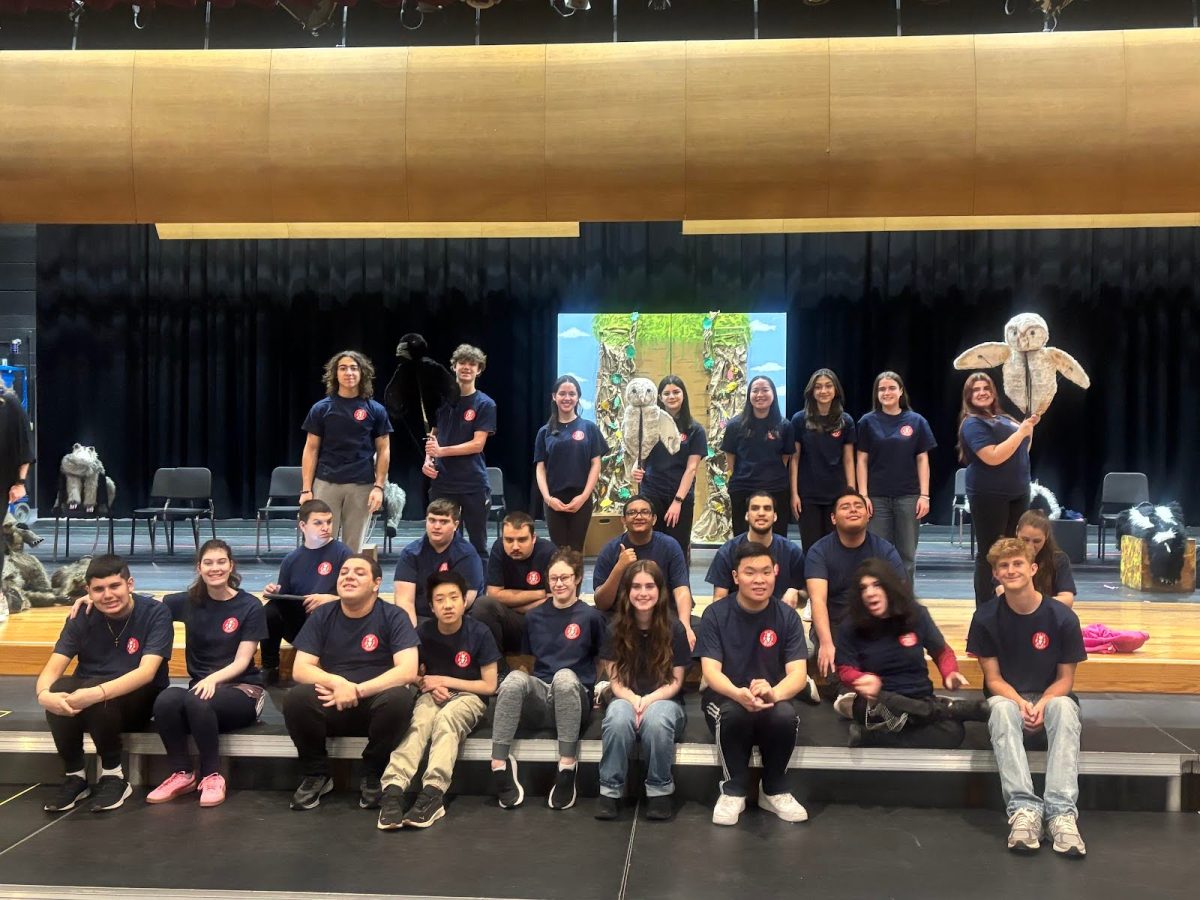


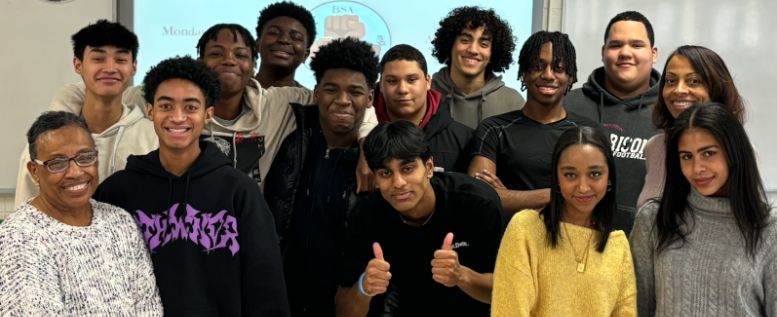

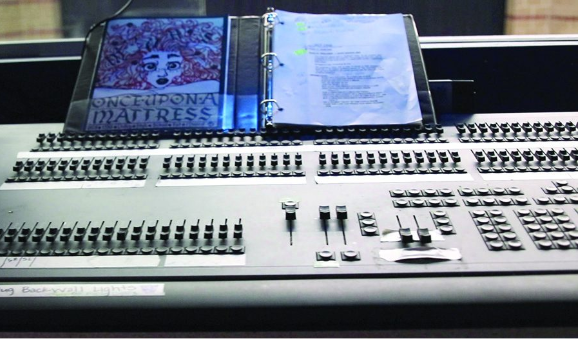
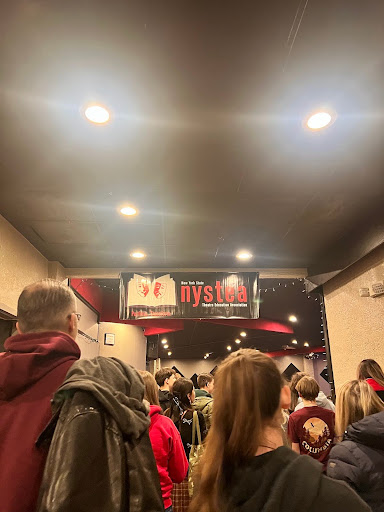
![[From left to right-Top row: Harison Fliegenspan, Talia Russo, Isis Leite, Micaela Thone, Rosella Paniccia. Bottom row: Maya Rolan, Eren Yoshimura, Audrey Cheung, Karinah Diaz]](https://thehuskyherald.org/wp-content/uploads/2025/02/IMG_0927.jpg)




